So, thanks to the global economy and modern refrigeration and transportation methods we can enjoy all sorts of different foods here in Ireland which we previously barely knew existed. Take this for example:
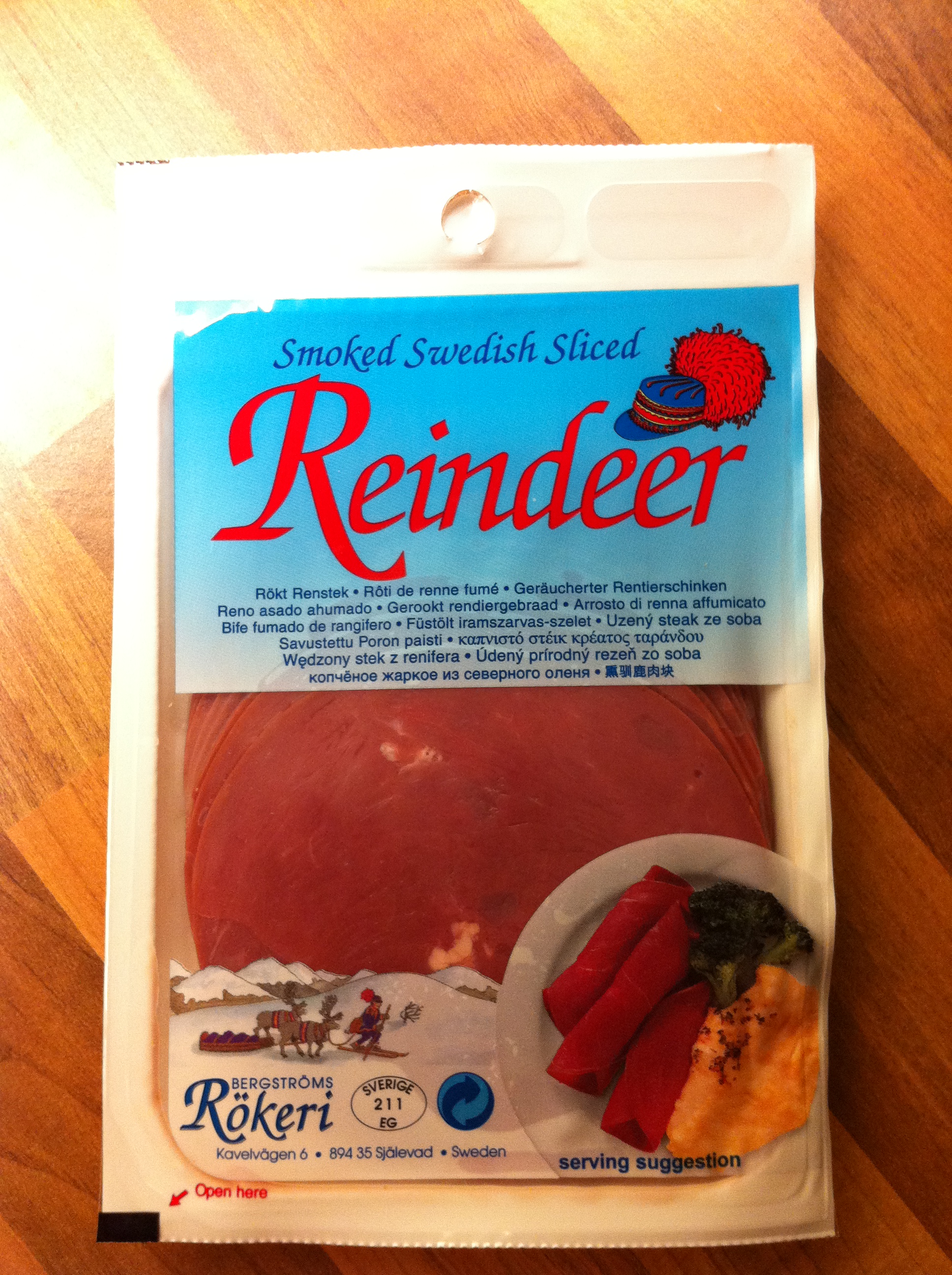
Consider if you will the following facts:
Surface area of the Earth: 510,072,000 km2 of which 148,940,000 km2 is land. But how far does Santa have to travel each year to deliver all his presents to all children on earth? The best reported figure was found by by Keld Helsgaun using a variant of his LKH heuristic algorithm. His tour of length 7,515,947,511 meters was found on November 27, 2008. This equates to 7,515,948 km’s.
Male Reindeer can live to over 10 years, but let’s assume 10 years for the purpose of the exercise.
Let’s assume that Rudolf was at least 3 years old when he took up his position at the head of Santa’s sleigh and continued in that role until he expired, so a total of 7 years. That means that he has traveled approx. 52,611,633 km’s in the employ of Santa.
Furthermore, let’s assume for arguments sake that a Reindeer covers 500 km in it’s migration from winter to summer lands and a further 500 km back again. As Rudolf only flies for Santa on one night a year, it is reasonable to assume that for the other 364 days of the year he would follow the normal pattern of Reindeer. That’s an annual distance of 1,000 km’s for 10 years, so that’s 10,000 km’s
These are just the big ticket items in the typical life of a Reindeer. Now add the distance of his migratory journeys to the distance he covers on Christmas every year and then also add in the distance from Lapland to Ireland (Dublin to be precise), approx. 3000 km’s, and you come up with a grand total of 52,624,633 km travelled by that meat before it ended up in the shop in which I bought it. Now that’s serious food miles.
But let’s be serious for a moment. I make an effort to look out for and where possible to buy Irish sourced meat and vegetables when we go to the supermarket. But most of the fruit that I buy has come from afar, as has some of the meat, and has covered a not insignificant amount of mileage in order to get here. By supporting local farmers and markets we can get top quality produce here in Ireland but we may possibly have to sacrifice some variety. Some of the variety penalty we would have to suffer could be subsequently made up if Irish farmers and food producers see that there is a market and demand for Irish produced goods. We’re also supporting a local industry which has been in decline for a number of reasons (some of which we need to look to the EU as a reason for). There is much talk in the media about a new breed of educated Irish farmer which I think we need to give a chance to and who can help us to utilize our country’s land better and more sustainably.
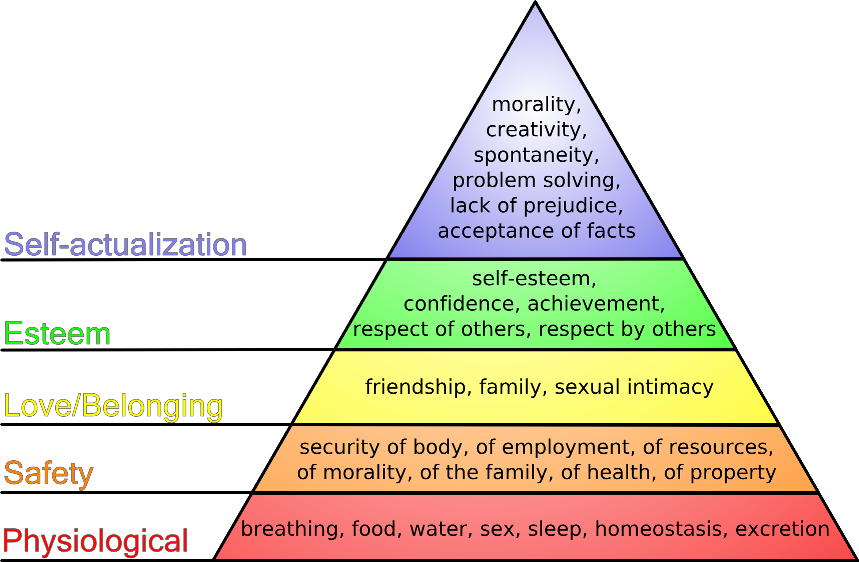
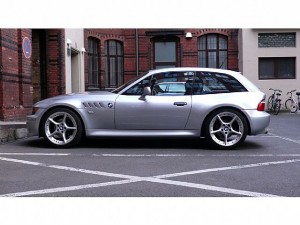

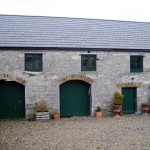
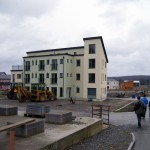
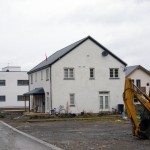
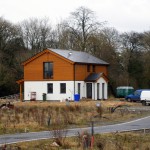
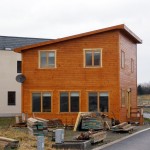

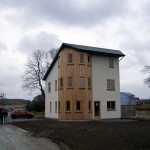

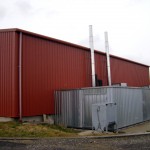
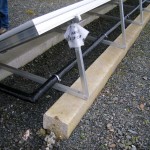
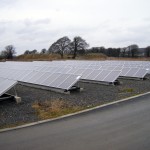
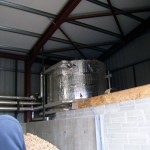
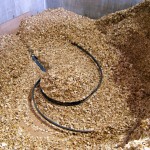
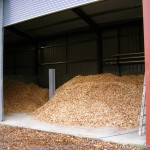


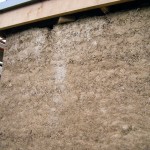
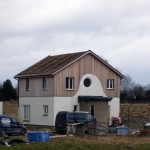
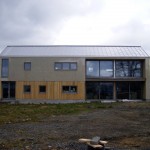

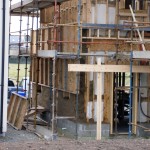
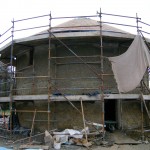
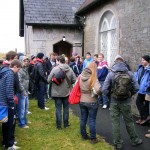
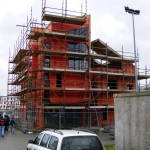
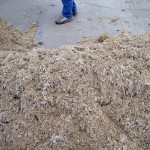
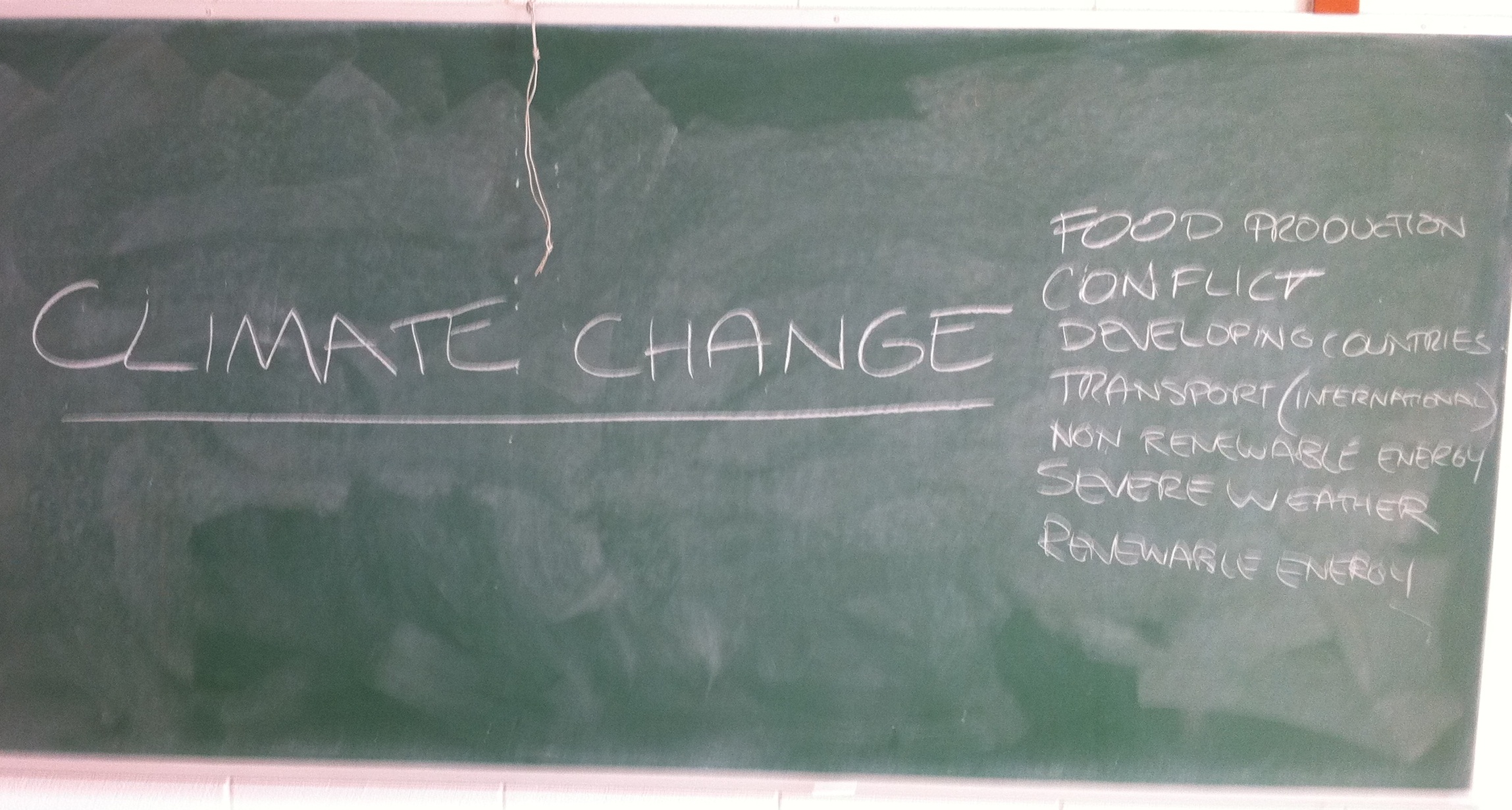
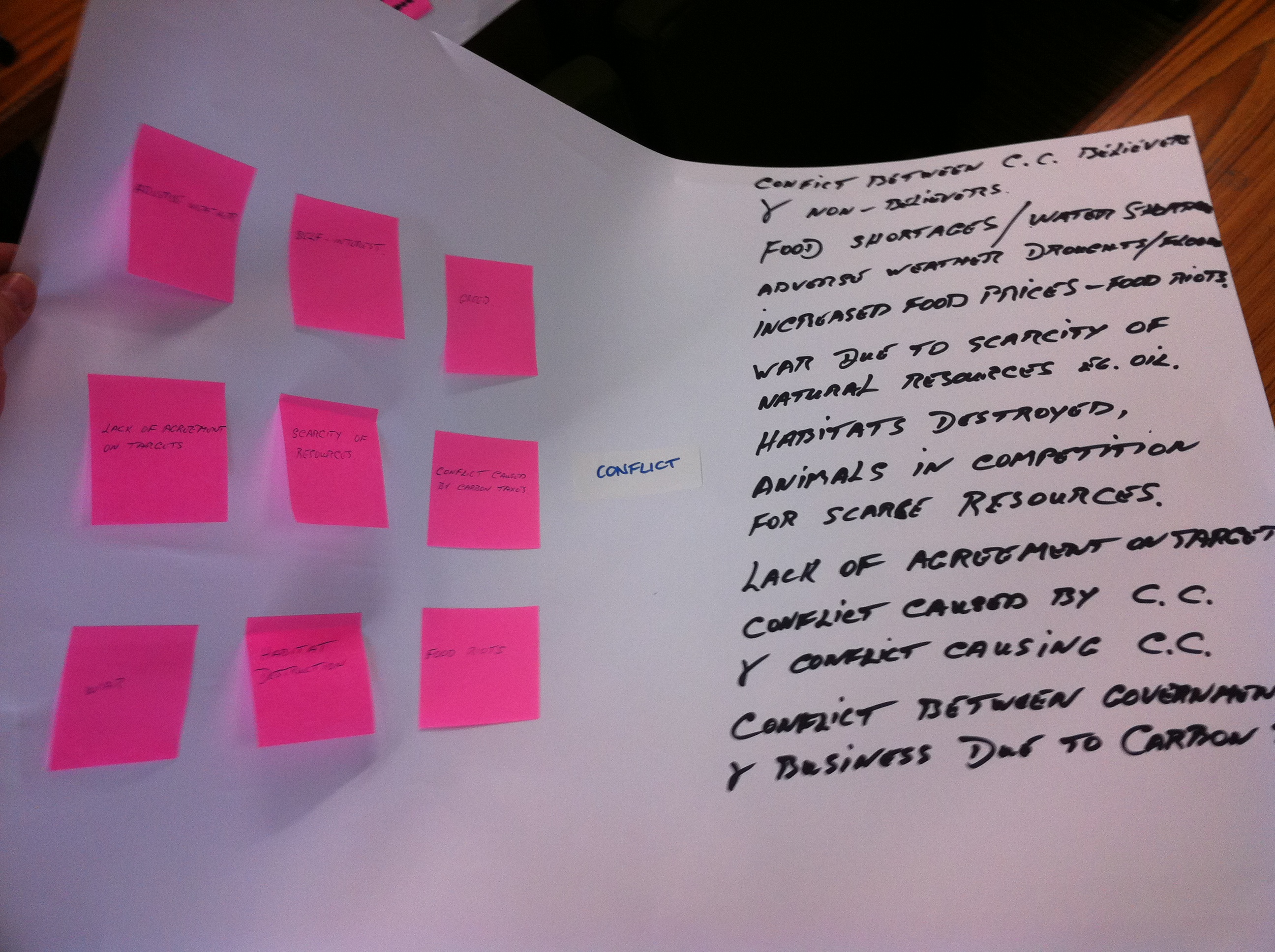
Recent Comments